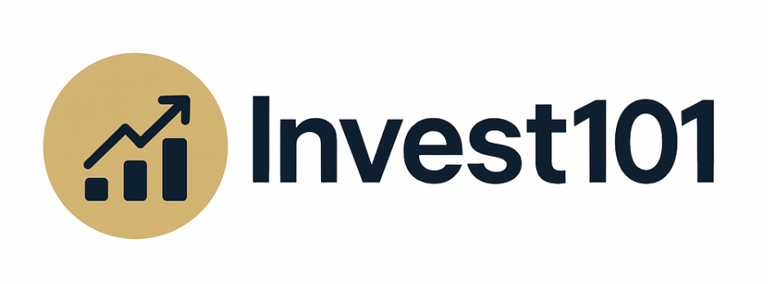What Is a Soft Landing and Why Does It Matter to Investors?
Navigating the fine line between inflation control and economic survival
MACRO & POLICY
7/4/20252 min read


When central banks hike interest rates, they aim to cool inflation. But if they go too far, they risk tipping the economy into recession. If they don’t go far enough, inflation may spiral.
The ideal outcome?
A soft landing, where inflation slows, the economy decelerates, but recession is avoided.
It’s the ultimate balancing act in monetary policy and markets are constantly trying to predict if it’s working or not.
Defining the Soft Landing
A soft landing happens when:
Central banks raise rates enough to curb inflation
But not so much that they trigger a sharp economic contraction
Key characteristics of a soft landing:
GDP growth slows, but stays positive
Inflation moderates without demand collapsing
Unemployment rises slightly, but not sharply
Financial markets stabilize and price in recovery
When Has It Happened Before?
True soft landings are rare but not impossible.
Past examples:
1994–1995 (U.S.): The Fed doubled rates from 3% to 6% to cool inflation, but avoided recession. Equities dipped, then rallied strongly.
Mid-1984: After aggressive tightening in the early '80s, the Fed managed a smooth slowdown before inflation reignited.
2019 (Attempted soft landing): The Fed paused and reversed hikes amid slowing global growth — though the pandemic interrupted what might have been a soft-landing scenario.
In most other cases, tightening cycles led to hard landings — recessions in 1980, 2001, and 2008.
Why Does It Matter for Investors?
Markets are forward-looking. They don’t wait for a headline saying “soft landing achieved.” They move based on expectations.
A successful soft landing typically leads to:
A pause in rate hikes
Improving confidence across consumers and businesses
A resumption of earnings growth
Repricing of risk assets like stocks, corporate bonds, and real estate
However, if the Fed overtightens or misreads data, markets may reverse sharply.
What If the Soft Landing Fails?
Failure can mean:
A hard landing: Full-blown recession, job losses, earnings compression
A no landing: Inflation stays high, forcing the Fed to hike again, risking volatility
A stagflationary drag: Low growth + sticky inflation = worst of both worlds for many asset classes
That’s why positioning must remain cautious even if the narrative is optimistic.
What Are Markets Watching Right Now?
To assess the soft landing path, investors track:
Core inflation trends (especially services inflation)
Labor market slack (unemployment claims, wage growth)
Consumer resilience (retail sales, confidence)
Corporate earnings and forward guidance
Yield curve behavior (a steepening from inversion can signal bottoming recession fears)
A soft landing narrative can support equities, but the runway is narrow — and noisy data can flip sentiment quickly.
What to Own in a Soft Landing Scenario
Equities
High-quality large caps with pricing power
Cyclicals like financials, industrials, and travel — they benefit from ongoing growth
Growth stocks and tech rebound as rate expectations fall
Fixed Income
Intermediate bonds gain as yields stabilize
Corporate credit performs if defaults remain low
Floating-rate bonds remain attractive during transitions
Real Assets
REITs and infrastructure benefit from rate stabilization
Gold may fade as inflation drops, but remains a hedge if rate cuts follow
What to Avoid (Cautiously)
Long-duration government bonds, until rate paths are clearer
Over-leveraged companies that suffer under high interest expense
Pure defensives, which may underperform as cyclical growth reasserts
Final Thought: It’s Not About Certainty, It’s About Readiness
“Soft landings are rare but when they happen, they reward the patient investor.”
You don’t need to bet on one outcome. Instead:
Stay diversified
Monitor leading indicators
Adjust tactically, not emotionally
A soft landing is the ideal path, but markets may test it many times before deciding it’s real.
Invest101.blog
Articles and resources for smart investing.
Contact
contact@invest101.blog
© 2025. All rights reserved.
